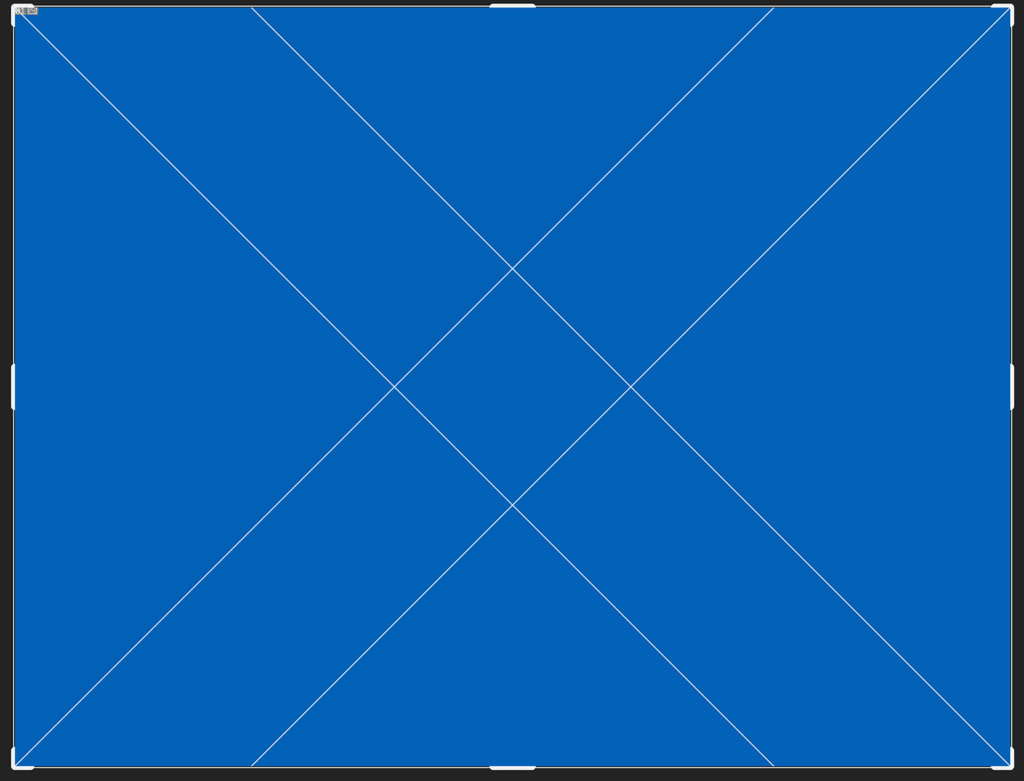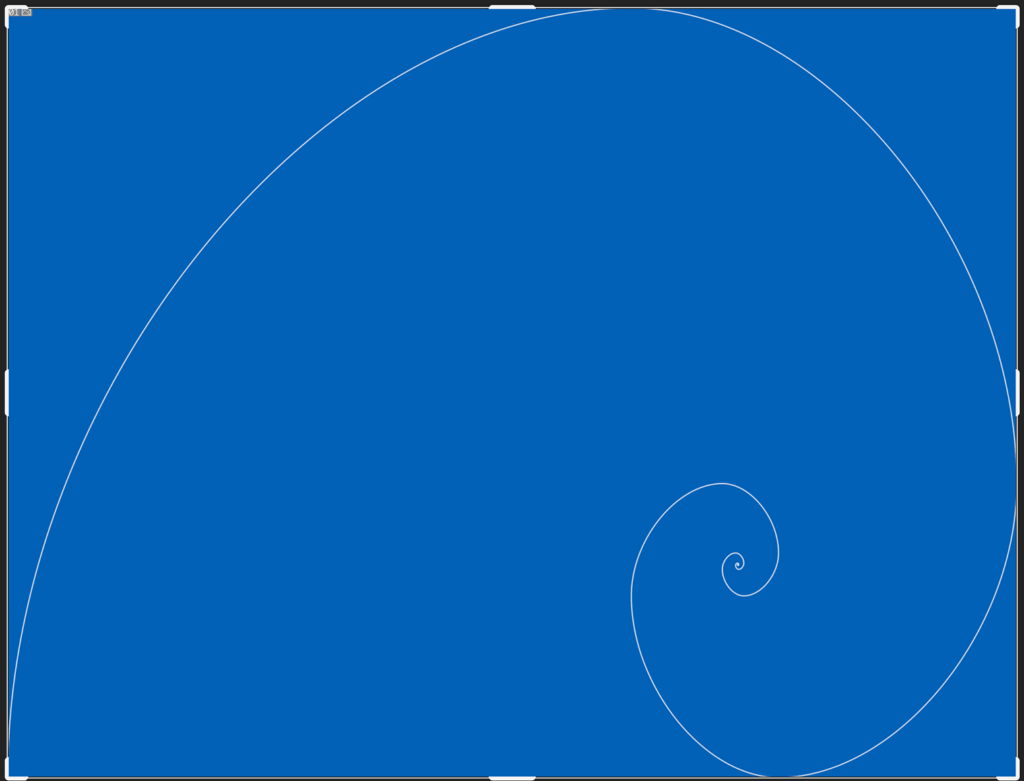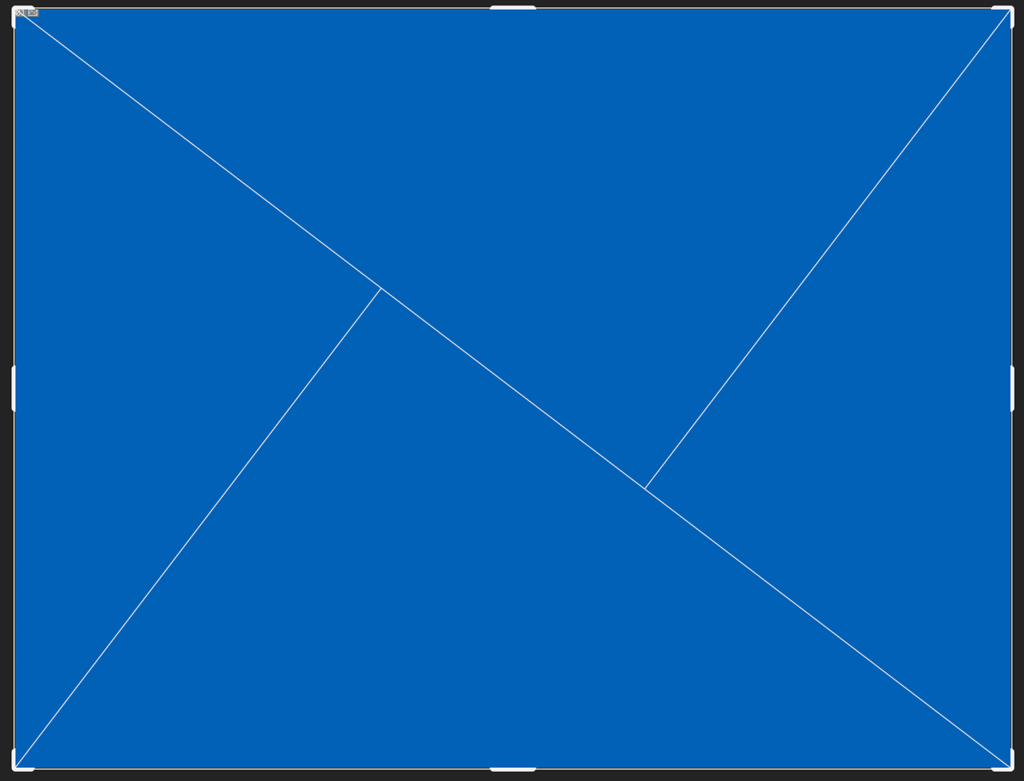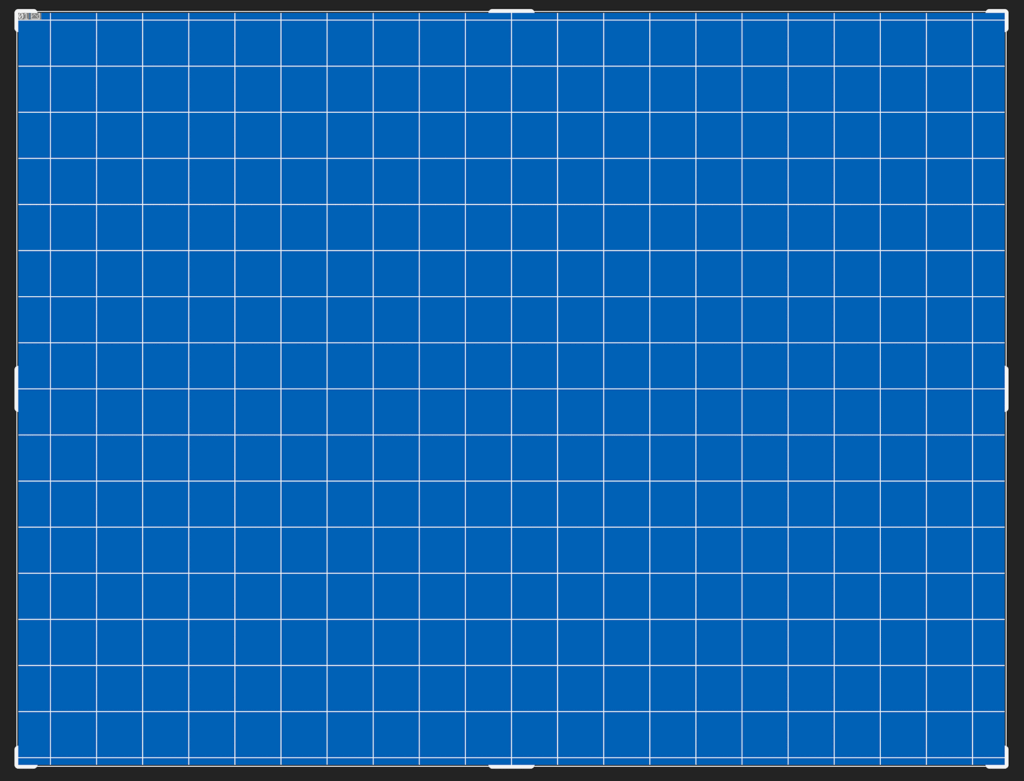A Guide for REAL FOCUS Participants

When it comes to underwater photography, gear and lighting matter — but composition is what makes an image resonate. A well-composed photo doesn’t just document a subject, it guides the viewer’s eye, conveys mood, and tells a story that lingers. For REAL FOCUS participants, composition is where technical skill and creative vision meet.
Why Composition Matters Underwater
The underwater world is visually chaotic. Coral, sand, fish, shadows, and light all compete for attention. Strong composition helps you:
- Simplify the scene so your subject stands out
- Convey scale and environment without overwhelming detail
- Create mood and movement using space and flow
Good composition allows your photo to feel intentional — not just a lucky snapshot.
Aspect Ratio Grids: Tools for Visual Balance
Most cameras allow you to overlay grids in the viewfinder or on-screen. These aren’t strict rules — they’re guides to help you build stronger, more balanced frames.
Here are the most common composition grids:
- Rule of Thirds – divides the frame into a 3×3 grid; placing subjects along lines or intersections creates balance and flow.
- Golden Ratio (Phi Grid) – based on the mathematical ratio 1.618; offers a more natural alternative to thirds.
- Golden Spiral (Fibonacci Spiral) – draws the eye inward along a spiral path, ideal for subjects with curves or motion.
- Diagonal Method – aligns elements with diagonals across the frame, adding dynamic energy.
- Triangle Composition – using three key points to form a visual triangle; great for groups of subjects.
- Centre-Weighted (Bullseye) – breaking convention, placing the subject dead centre for power and symmetry.
Remember: These are guides, not laws. Some of the most compelling images work precisely because they break the rules.






Key Principles of Composition
1. Leading Lines and Flow
Look for natural lines: the curve of a soft coral, the sway of seagrass, or the arc of a fish’s fin. Lines draw the eye and suggest motion.
Tip: Position your subject so these lines guide the viewer into or around the frame.
2. Negative Space
Don’t be afraid of empty areas. A blurred background or a patch of blue water can make a tiny critter feel powerful.
Tip: Use negative space to balance busy textures, creating breathing room for your subject.
3. Balance and Symmetry
Macro subjects like nudibranchs, shrimp, or seahorses often have symmetry in their shape. Positioning them centrally can create impact, while asymmetry can add dynamism.
Tip: Experiment — a perfectly centred frogfish can feel strong, but an off-centre angle might reveal more personality.
4. Depth and Layers
Instead of shooting flat, add layers: foreground (soft coral branches), subject (the critter), background (reef wall or open water).
Tip: Use aperture to separate layers while maintaining context.
5. Scale and Environment
Especially in macro, it’s tempting to frame tightly. But pulling back shows environment: the shrimp in its anemone, the goby guarding its burrow. These cues tell a richer story.
Tip: Ask yourself — does this image show not just what it is, but where it lives?
Practical Tips for Stronger Composition
- Move, don’t zoom: Adjust your body position to shift background and angles.
- Check edges: Scan the frame for cut-off fins, distracting debris, or stray bubbles.
- Think story: Every subject has behaviour, environment, and scale — how can your framing hint at those?
- Be patient: Wait for the moment when your subject aligns with its setting — a blenny peeking from coral, or a nudibranch crossing an open patch.
Your REAL FOCUS Challenge
On your next dive, choose one subject and capture it three different ways:
- A tight portrait (detail, pattern, texture).
- A wide-in-context shot (subject within habitat).
- A creative composition (using a grid like the spiral or triangle — or breaking the rules entirely).
Compare the results. Which version tells the stronger story? Which would captivate a judge — or inspire someone who has never seen this animal before?
Composition is your voice underwater. Use it boldly.